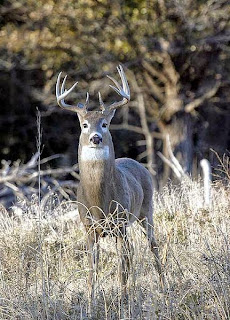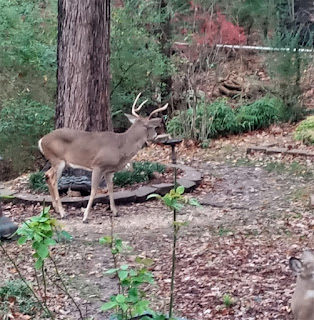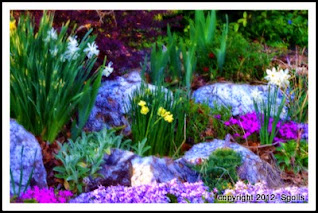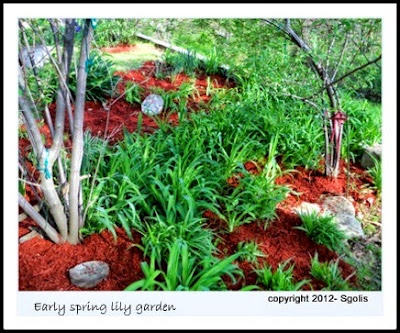Fall is the time when you pull out the summer annuals from your container gardens and replace the plants with colorful fall shrubs and flowers.
September and October has been warm during the days here in
the central states and my annuals are still blooming however the foliage is
starting to fade due to the cooler nights.
Today I removed the annuals from the containers and then got the containers ready for fall plantings by adding some compost.
In the fall I like to add color and interest to my container gardens and tend to be creative by planting shrubs, pansies, grasses, ground covers, and Chrysanthemums.I also like to plant urns of purple and yellow cold hardy pansies. Pansies are a good way to add color to your fall containers
These plants are will make a long-lasting container that will last until Thanksgiving. If your winters are mild the container will last throughout the winter season and will make the entrance of your home feel warm and inviting.
View this YouTube video for some creative fall container garden ideas.
.Today I removed the annuals from the containers and then got the containers ready for fall plantings by adding some compost.
In the fall I like to add color and interest to my container gardens and tend to be creative by planting shrubs, pansies, grasses, ground covers, and Chrysanthemums.I also like to plant urns of purple and yellow cold hardy pansies. Pansies are a good way to add color to your fall containers
These plants are will make a long-lasting container that will last until Thanksgiving. If your winters are mild the container will last throughout the winter season and will make the entrance of your home feel warm and inviting.
View this YouTube video for some creative fall container garden ideas.
Tips:
When your Chrysanthemum blooms fade, remove the plant from
the container and replace it with a new plant. By doing this you will have a
continuity of color. Plant the mum with
spent blooms into your garden.
Dwarf coral red barberry will add color to your fall containers. It is a compact mound-shaped shrub that is slow-growing. This shrub features orange flowers in the spring and ornamental bluish
black fruit in the fall.
One of my favorite plants for fall containers is the caramel coral bells Heuchera. The white-pink flowers bloom on 18-inch spikes in May and June. The
fall foliage of gold, orange with pink variegated is what makes this plant
outstanding.
Accent your fall containers with orange pumpkins and gourds. Set the pumpkins around your fall container
so that it is attractive to the eye.
Elephant Ear Containers look good in the fall as long as there is no hard frost. Accent your containers with yellow Chrysanthemums. Leave the elephant ears in the container until it is time to cut them back, dig up or bring them indoors.




















%20Flagstone%20Patio%20property%20of%20susangolis%202008.jpg)









